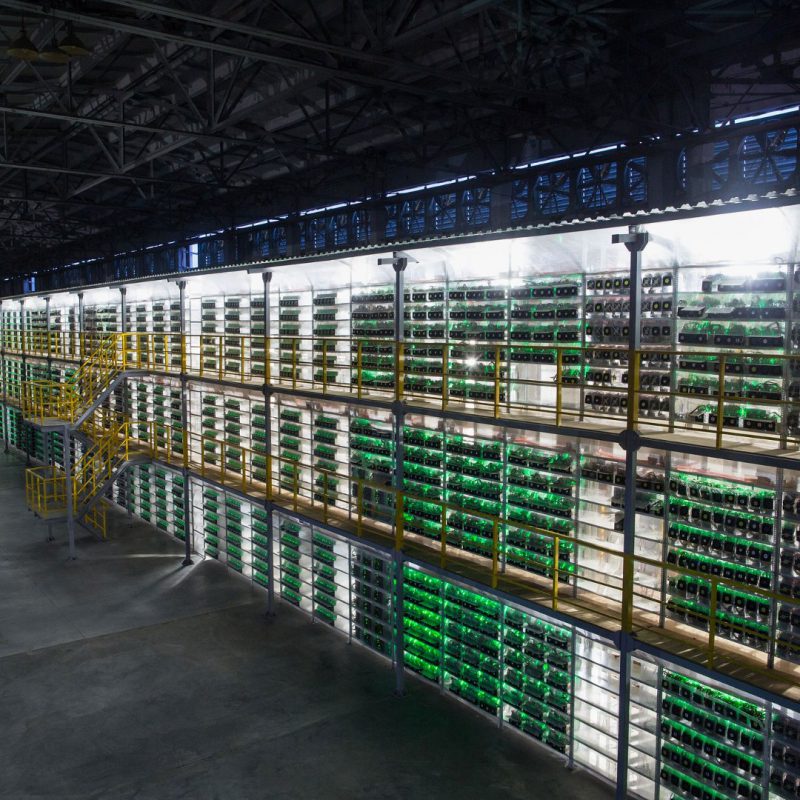Bitcoin miners are often considered to be long-term HODLers and rarely sell their coins, even during market uncertainties. How do they keep up with rising energy costs and maintain their HODL strategy? An Arcane Research analyst has some answers.
Jaran Mellerud, an analyst working at Arcane Research, compiled data on the top 10 Bitcoin treasures and explained how they keep up with market changes despite not selling Bitcoin.
The analyst went on to explain that Bitcoin treasuries had become an alternative option of investment for those who did not want direct exposure to Bitcoin, akin to Bitcoin ETFs.
The treasuries attract investments by issuing equity and raising debt on stock markets, which are backed by their mining machines and BTC holdings. Since these alternatives give BTC treasuries greater access to capital, they do not need to rely on their mined coins to cover other costs.
Disadvantages to mine-HODL strategy?
However, Mellerud explained that not selling the most liquid part of a miners’ balance sheet crippled their financial capabilities. For instance, in case Bitcoin’s price plummets, companies that leveraged their balance sheet would not have any liquid assets to buy out smaller rivals suffering from financial distress.
In early May, Marathon and Riot – one of the largest Bitcoin miners by revenue, said that they might sell their holdings to keep afloat with cash requirements amid declining incomes. Mellerud added that others miners could follow suit and begin exploiting the liquidity of their BTC holdings during these difficult times.
Miners changing stance?
Following their statements, Bitcoin’s price plummeted by another 36%, resulting in record liquidations so far this year. The highly volatile market may have prompted miners to shun their HODL stance.
At press time, the Miners’ Position Index came in at 1.89. The positive value implied that some miners were looking to sell their holdings in times of peril.





